The 60-year-old building is now a serene space where artists and researchers from diverse disciplines can engage in field studies that dig deep into the local ecology, culture and history.
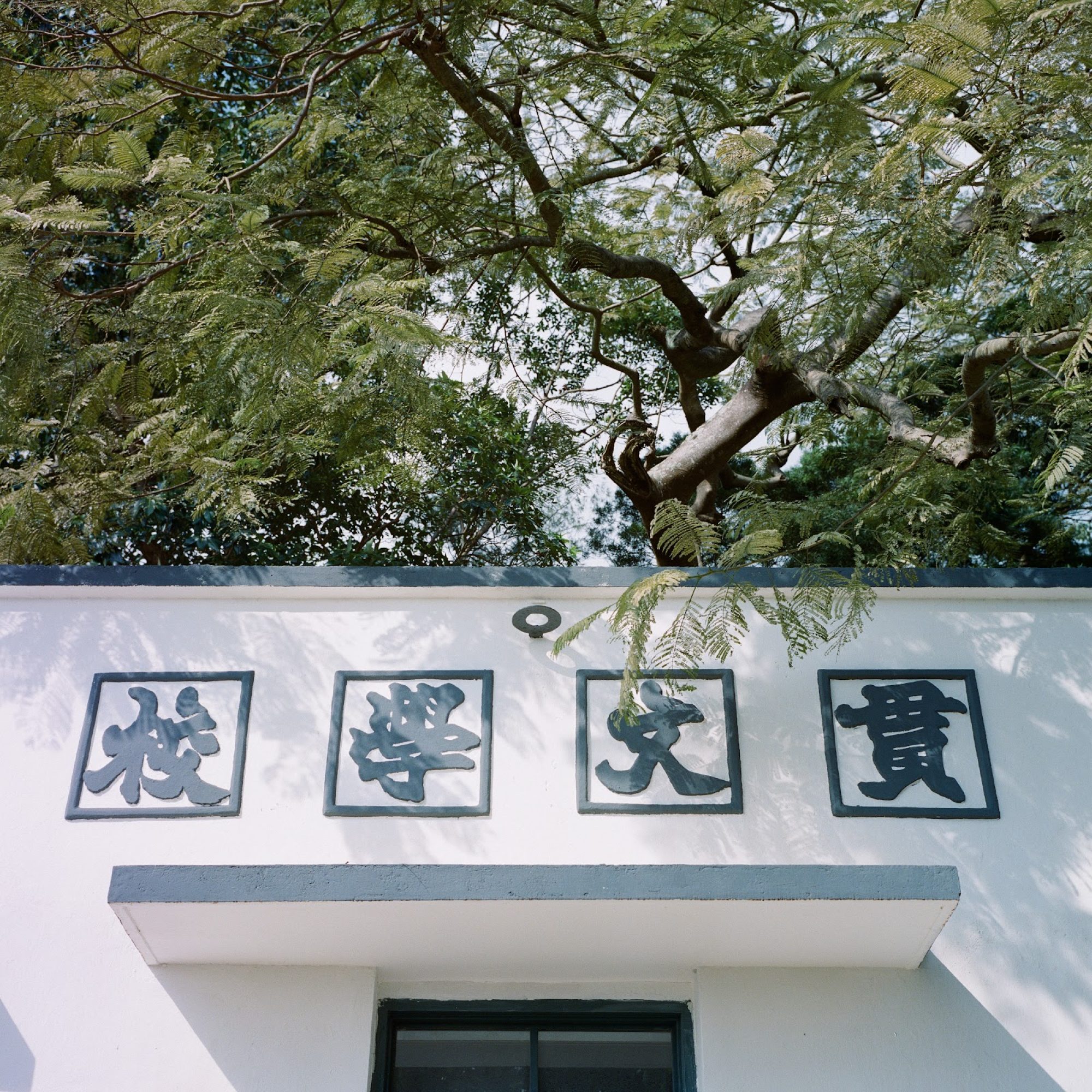
To mark its opening, two exhibitions by Hong Kong artists Ki Wong and Pak Chai are on show until August 4. Both completed a two-year residency in the village, their works exploring stories of Chuen Lung residents.
Wong’s exhibition, “The Rock and the Gaze”, reinterprets historical photos shared by villagers, with a strong focus on the role of women.
During her residency, Wong spent her days drawing, conducting interviews, and photographing and collecting material for her art, while forging bonds with the villagers, especially the sense of “home” that ties together families of three or four generations.
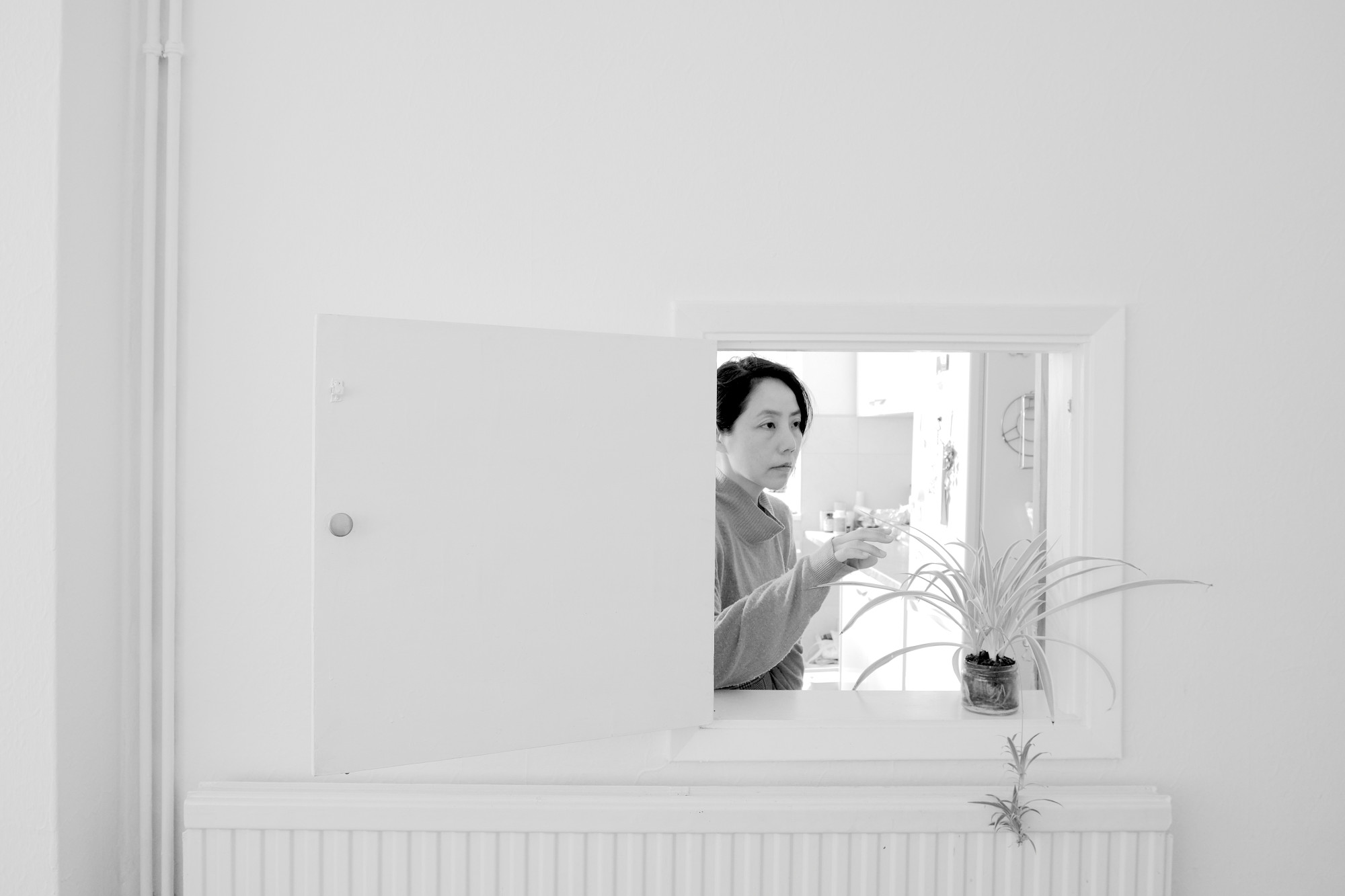
The result is a series of silk-screen prints and paintings, the artworks paired with fictional stories written by Hong Kong poet Lau Chi-wan.
“Everything is frozen in a photo, yet it contains more than fragmented imagery – it is a continuation of fleeting, lived moments,” Wong says.
“These old photos gave me an opportunity as an outsider to engage with these pockets of time, where historical snippets of this place – of those who lived, struggled and felt deeply – may live on.”
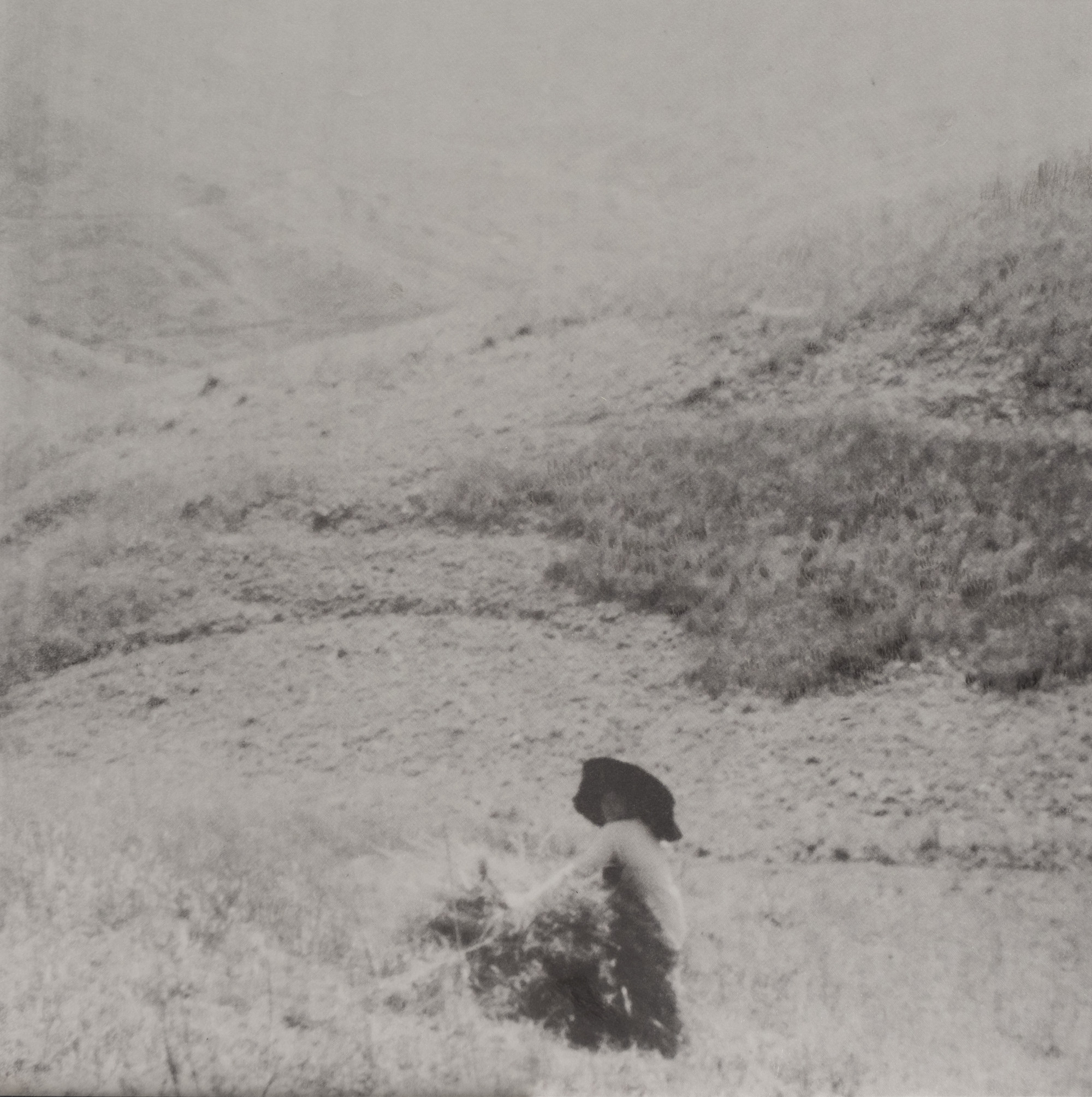
In one image, a woman sits at her dresser applying lipstick in front of a mirror. Wong imagined she had worked hard for years and now, in her midlife, is enjoying a quiet moment.
Wong embellished the silk-screen print with tinges of paint, as if giving the image a “touch-up”.
“What is encapsulated in these photos is the feeling of intimacy between the photographers and the subjects,” she says.
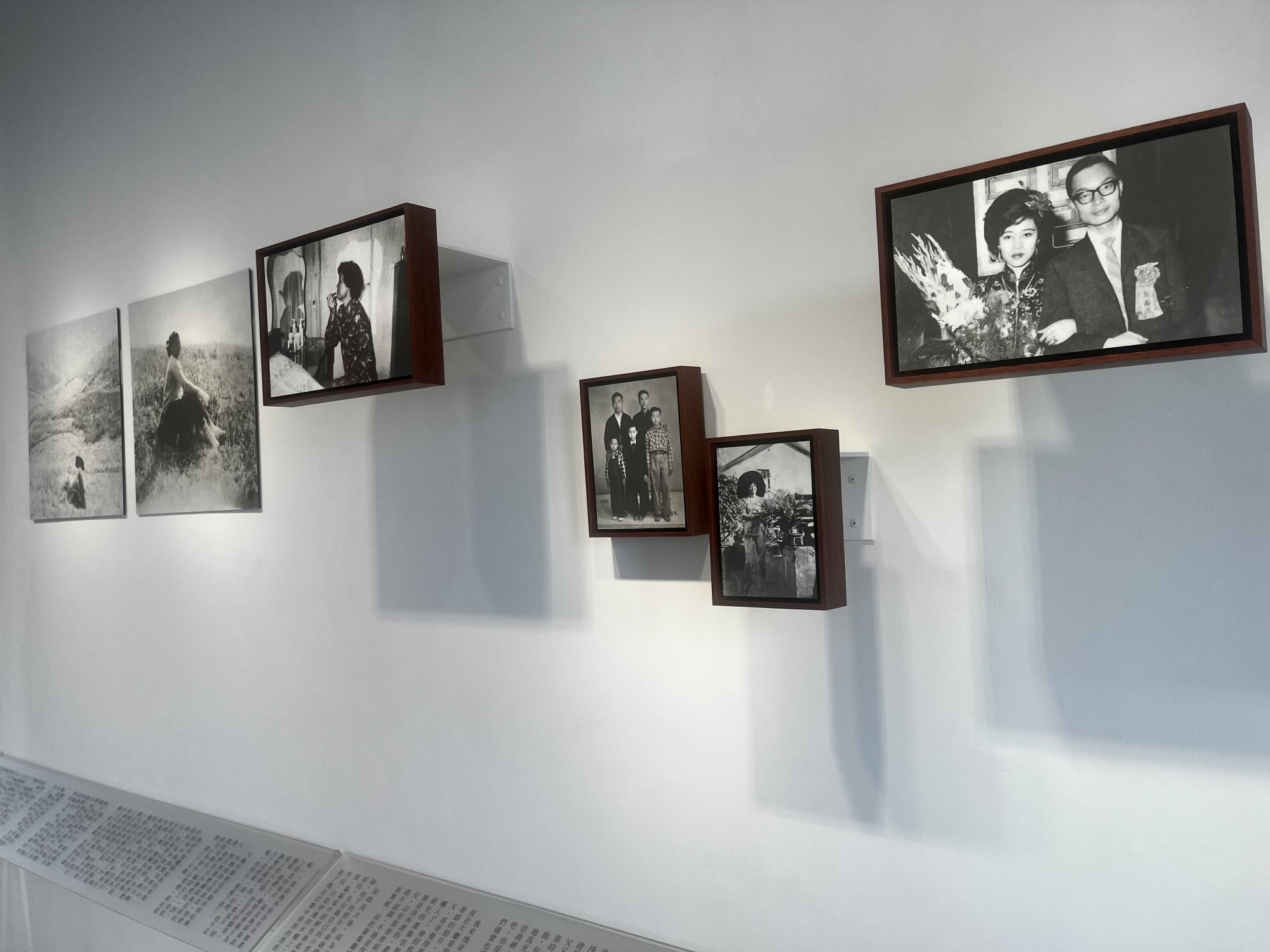
Wong also took “memory-holding” stones found in the village and combined them with crushed weeds and seeds collected from Koon Man School before its refurbishment.
“We will replant these seeds as a way to connect the past and present, and to represent the cyclical evolutions of life,” she says.
For the second exhibition, “Photovoice: Bits and Bobs from Chuen Lung Villagers”, Chai and Wong feature collected stories from both the artists’ residencies and images seen through the lenses of three villagers: Heidi Ching, Chan Wai-cheong (“Cheong Gor”) and Tsang Kim-man (“Man Gor”).
“This exhibition allows those who live in the village to tell their stories through photography,” Chai says. “We also hope that, through these works, we may understand Chuen Lung a little bit more.”
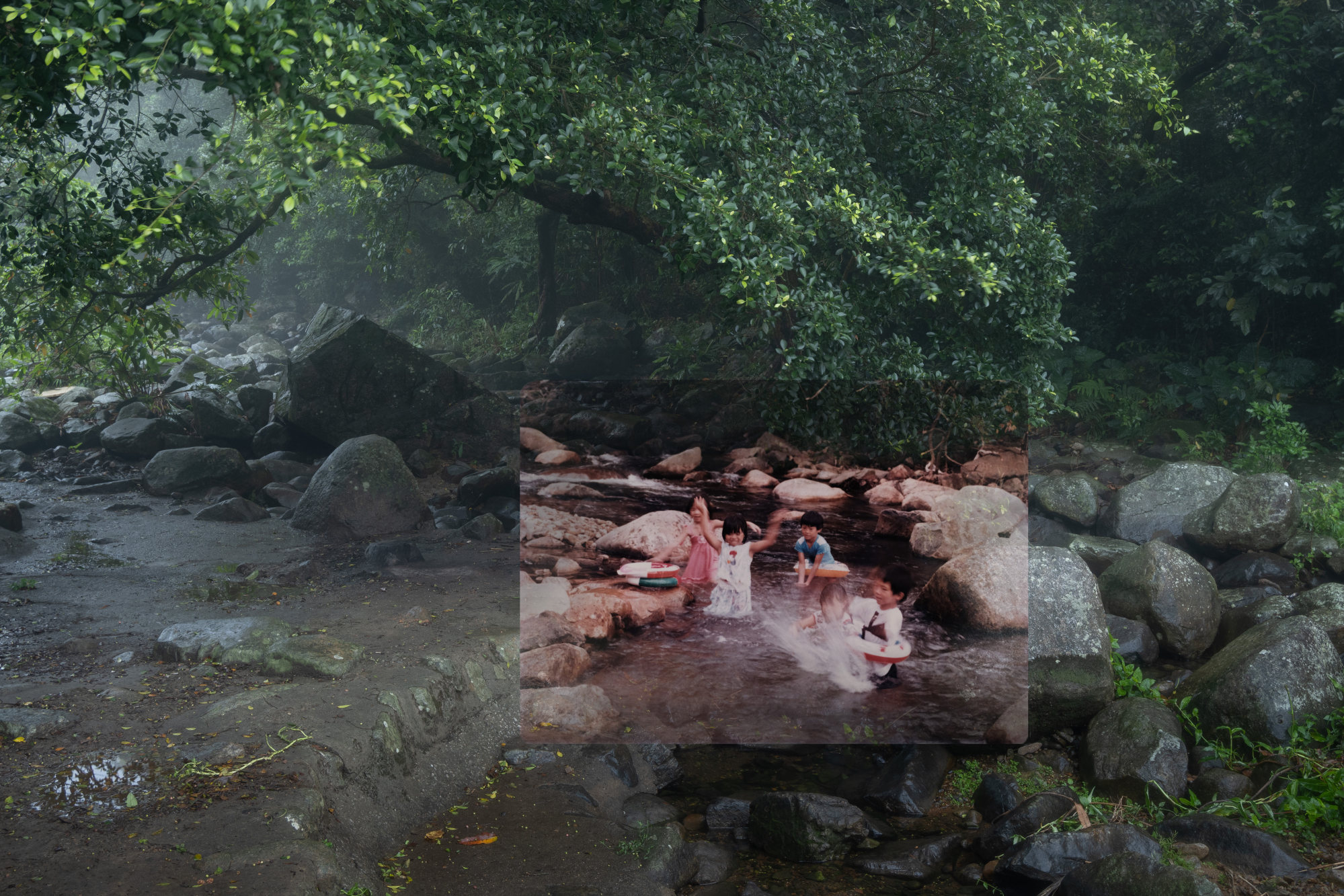
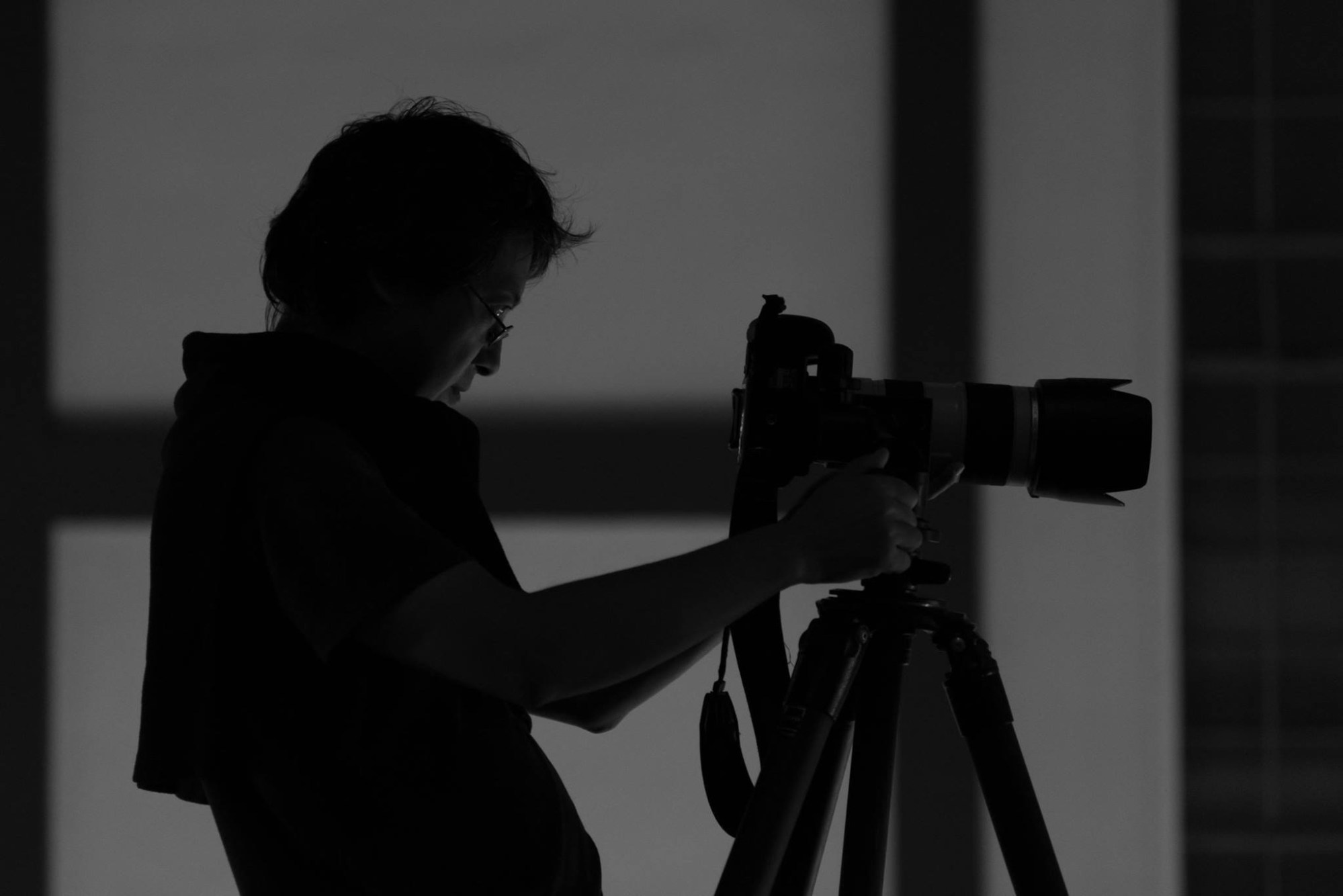
The exhibition includes faded family photos from the 1980s supplied by Chan, a second-generation Chuen Lung resident. The photos have been placed on top of new ones taken by Chai in the same locations, the blending of old and new framing the past with the present.
“Tracing back time with the photos, Cheong Gor returns to where some of the shots were taken, and I took a then-and-now photo as a documentation of the changing landscape in the village,” Chai says.
Man Gor, who learned photography when he was young, spent a carefree childhood exploring the area’s hills, swimming in natural ponds and sometimes feasting on eels, catfish, snails and freshwater shrimps.
For the project, Man Gor went searching for some of the sentimental places and objects from his childhood. But the landscape had changed: much of the flora and fauna had vanished, Chai says.
“He took photos of where he wandered as a child but the mountain is not how he remembers it – some insects and places have gone.”
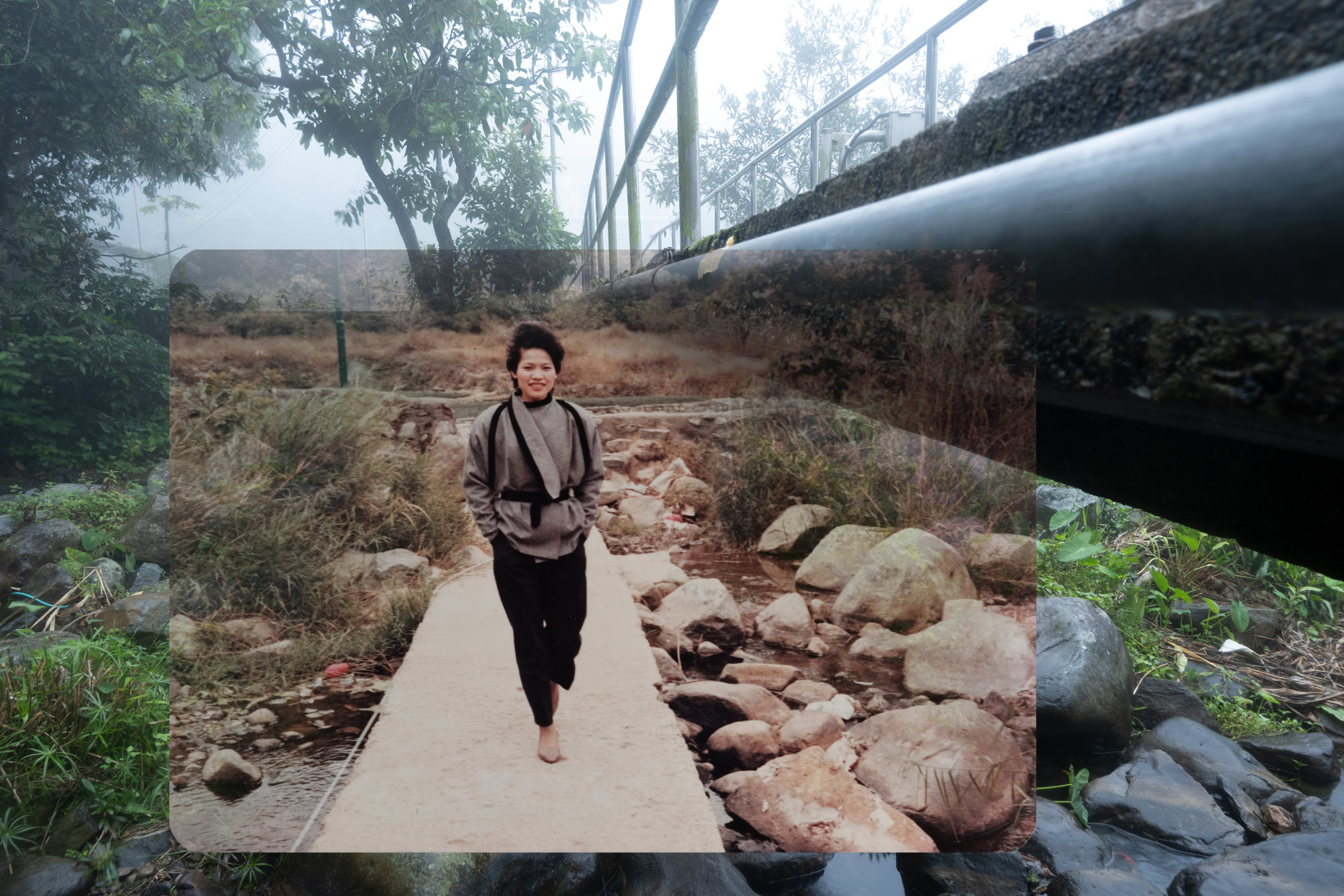
Koon Man Space will also host creative exchanges. Some have already taken place.
In March, British artist Alice Cazenave completed a one-month residency in the space during which she hosted sustainable photography workshops that showed the use of hand-mixed, plant-based compounds sourced from plants in Chuen Lung, including watercress.
In another workshop, Cazenave – who has a background in molecular science – transformed the broad leaves of the alocasia plant, also known as elephant’s ear, which grows abundantly in the village hills, into light-sensitive paper.
This simple photographic process uses sunlight to bleach out pigments from the leaf, creating different tones in the trace of a negative. No chemical emulsion is added to the leaf, with the images created by the sun.
Koon Man Space is also collaborating with the environmental education non-profit Outdoor Wildlife Learning Hong Kong on research into Chuen Lung’s freshwater ecology to gain a better understanding of the village’s changing environment.
A two-year visual study exploring village history, cultural heritage, and fauna and flora is also planned, along with touring exhibitions and workshops.
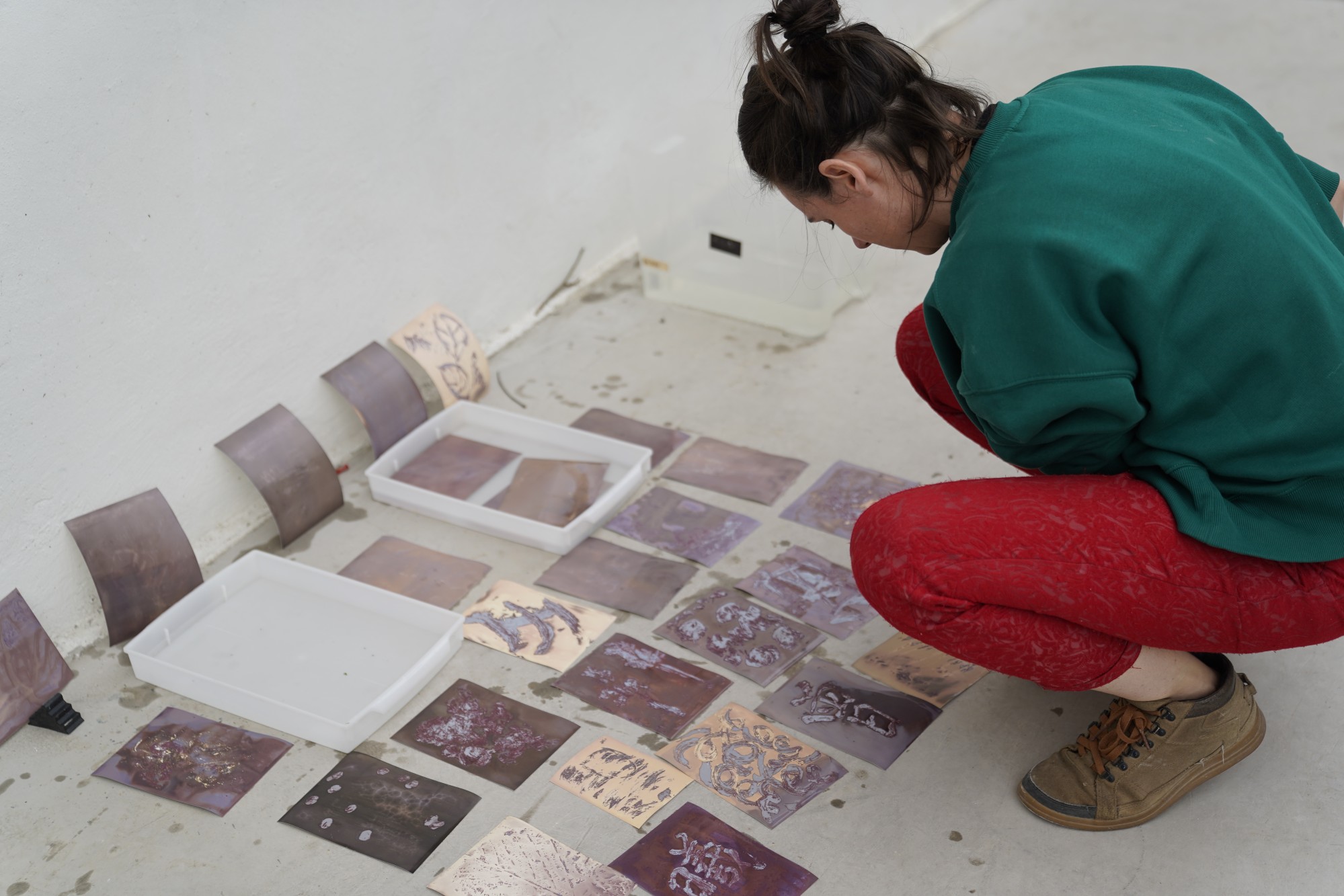
“The Rock and the Gaze” by Ki Wong; “Photovoice: Bits and Bobs from Chuen Lung Villagers” by Pak Chai and Ki Wong, Koon Man Space, 338 Route Twisk, Chuen Lung village, Tsuen Wan, until August 4.
Times: Thursday (by appointment), Friday, Saturday and Sunday (11am-2pm, 3pm-6pm). Closed Monday-Wednesday. Tel: 2777 0955

